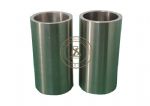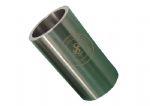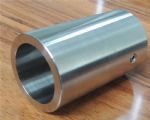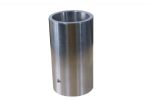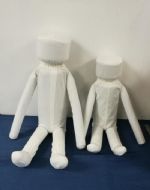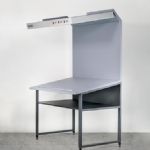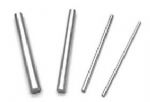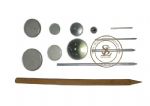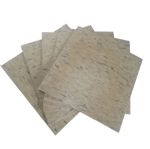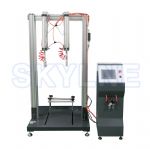- Product Catagory
- Tensile Strength Testing Machine
- Cables Flammability Testing Equipment
- Building Materials Flammability Testing Equipment
- Luggage Test Machine
- Textile Testing Equipment
- Color Fastness Instruments
- Textile Physical Test Instruments
- Lab Dyeing Instruments
- Flammability Test Chamber for Textile
- Consumables for Textile Testing
- Toys Safety Testing Equipment
- Physical & Mechanical Testing
- Flammability Testing
- Clamps for Toy Testing
- EN71-8,ISO8124-4
- Furniture Testing Machine
- Chair Testing Machine
- Mattress Testing Machine
- Furniture Testing Equipment
- Tables Test Machines
- Enviromental Chamber
- Leather and Footwear Testing Instruments
- Mobile Phone Testing Equipment
- Contact us
- Tel:86-769-23830463,86-13751491529
- Fax:86-769-38818154
- Contact:Ivy Xie
 [email protected]
[email protected] - Msn
 [email protected]
[email protected] Whatsapp +8613751491529
Whatsapp +8613751491529- Skype
 skylineinstruments
skylineinstruments happy_go_lucky4477
happy_go_lucky4477
- Site:Home > Toys Safety Testing Equipment > EN71-8,ISO8124-4 > SL-S14 Small Parts Cylinder
- Product Images
- detailed description
ISO 8124-1 Toys SafetyTesting Equipment Small Parts Cylinder
Product InformationTo determine whether toys & other articles intended for use by children under 3 years old present choking, aspiration, or ingestion hazards because of small parts. If any objects can fit completely into the cylinder without compressing & in any orientation, it is defined as a "Small Part". Its internal dimensions simulate the fully expanded throat of a child under 3 years old.
Testing Standards16 CFR 1500.48 ASTM F963 4.8 EN-71 1998 8.2 ISO 8124 Note:
1.Independent carton packaging
2.In Stock
Purpose
The small parts cylinder simulates the throat of a child under 3 years of age, and is used to disassemble or remove the toy for children under 3 years of age.
Is it possible to fully fit into a small item tester?
Use method and understanding:1. In the absence of external pressure, the disassembled or dropped parts of the toy played by children under 3 years of age are put into the small parts cylinder
If this part is treated as a small part.
2. In view of the fact that foam plastics are easily broken and small parts are produced, it is recommended that toys suitable for children under 3 years of age should not be packaged in foam plastic.3. In particular, ornaments on toys can enhance the attractiveness of toys, but they may be small parts.
4. The understanding of toy pieces: The edges of toy plastics that come off the edges, and any parts that fall off during the test are toy pieces.
5. Understanding of Wooden Toy Wooden Festival: Due to the natural wooden knots of wooden toys, the general wooden section is easier to fall off than other non-wood sections.
, must be assessed. Since wooden knots are naturally occurring, not every toy has wooden knots, so wooden toys should be tested
Consider the rationality of sampling and inspection.
6. Small parts tests include parts that fall out during normal use and predictable reasonable abuse testing.7. Before testing a small parts, it is necessary to first understand the definition of a detachable component, perform a detachable test of the component, and remove all the detachable components.
The part is disassembled, and then the small part test is performed on the disassembled part.
Design method
1. Toys for children under the age of three must not be designed with detachable small parts. Of course there can be non-detachable widgets, the key is to use
What is the way to connect the widget to the body of the toy so that it does not fall off during normal use testing and reasonable abuse testing.2. Toys for children aged three to eight years are recommended to list warnings regardless of whether they are small parts or not.
What are some tests used to ensure the safety of toys?
These include an “impact test” to make sure no small parts fall off when a toy gets knocked around; a “tumble test” for wheeled vehicles, during which testers push them down a short flight of stairs; and a “tension test” to make sure stuffed animals or beanbag toys don't come apart at the seams.
What is the small parts regulation?
What is the purpose of a small parts regulation? This regulation prevents deaths and injuries to children under three from choking on, inhaling, or swallowing small objects they may “mouth”.

- Related ProductsMore>>



